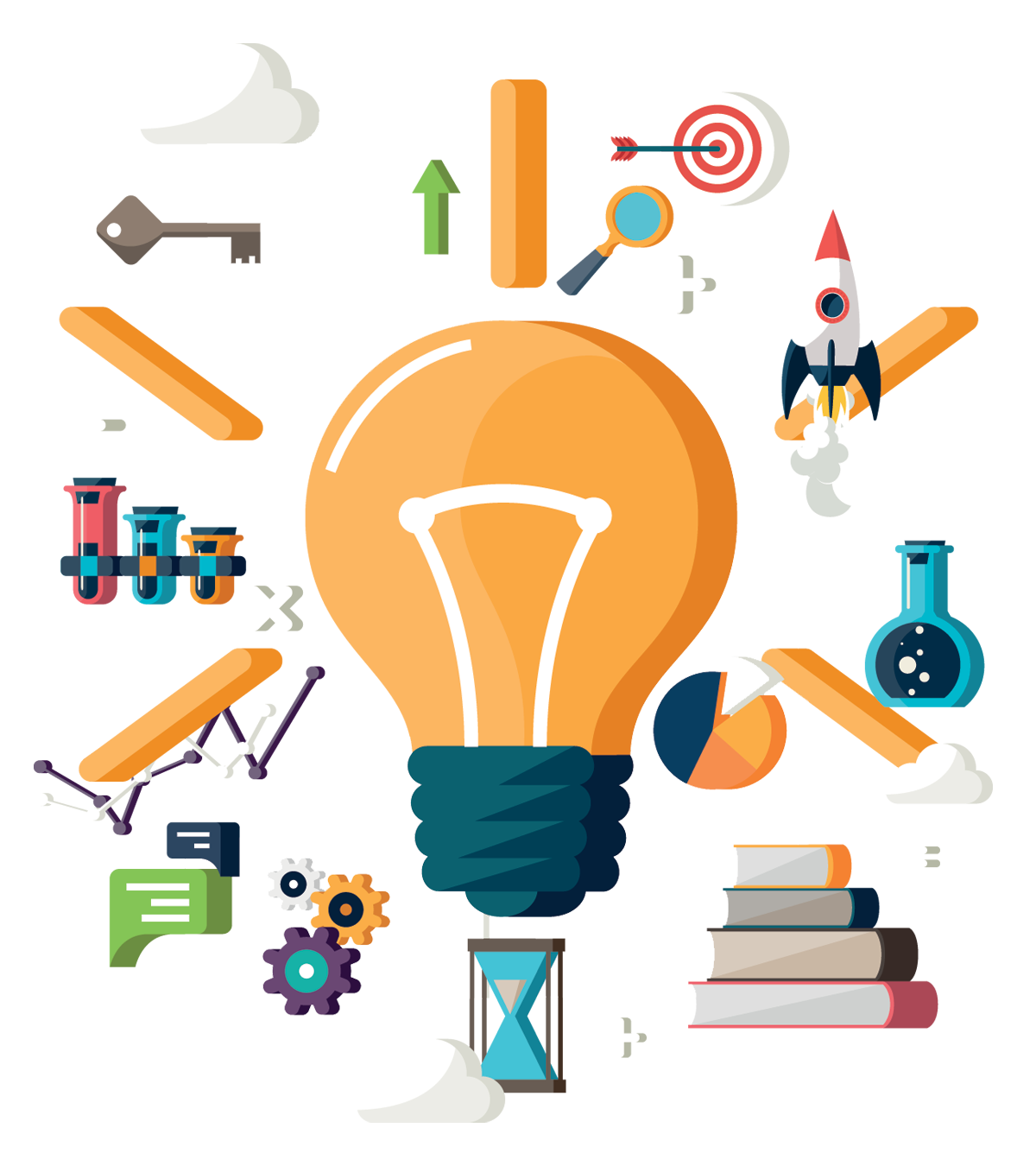
DataFrame Business Intelligence
Business intelligence has evolved to include more processes and activities to help improve performance.
These processes include:
- Reporting: sharing data analysis with stakeholders so they can draw conclusions and make decisions
- Data mining: using databases, statistics and machine learning to uncover trends in large datasets
- Performance metrics and benchmarking: comparing current performance data to historical data to track performance against goals, typically using customised dashboards created by your DataFrame team
- Data visualisation: turning data analysis into visual representations such as charts, graphs and histograms to more easily consume data
- Visual analysis: exploring data through visual storytelling to communicate insights on the fly and stay in the flow of analysis.
- Data preparation: compiling multiple data sources, identifying the dimensions and measurements, preparing it for data analysis.
Why is business intelligence important?
Business intelligence can help companies make better decisions by showing present and historical data.
Our DataFrame Analysts can use BI to provide performance and competitor benchmarks to make the organisation run smoother and more efficiently. We can also more easily spot market trends to increase sales or revenue. Used effectively, the right data can help with anything within your business.
A few way that business intelligence can help companies make smarter, data-driven decisions:
- Identify ways to increase profit
- Analyse customer behaviour
- Compare data with competitors
- Track performance
- Discover issues or problems
- Spot market trends


How business intelligence works
Businesses and organisations have questions and goals.
In order to answer these questions and track performance against these goals, we gather the necessary data for your business, analyse it and determine which actions may help you and your business to reach your goals.
On the technical side, raw data is collected from the business’ activity. Data is processed and then stored in data warehouses. Once it’s stored, users can then access the data, starting the analysis process to answer business questions.

